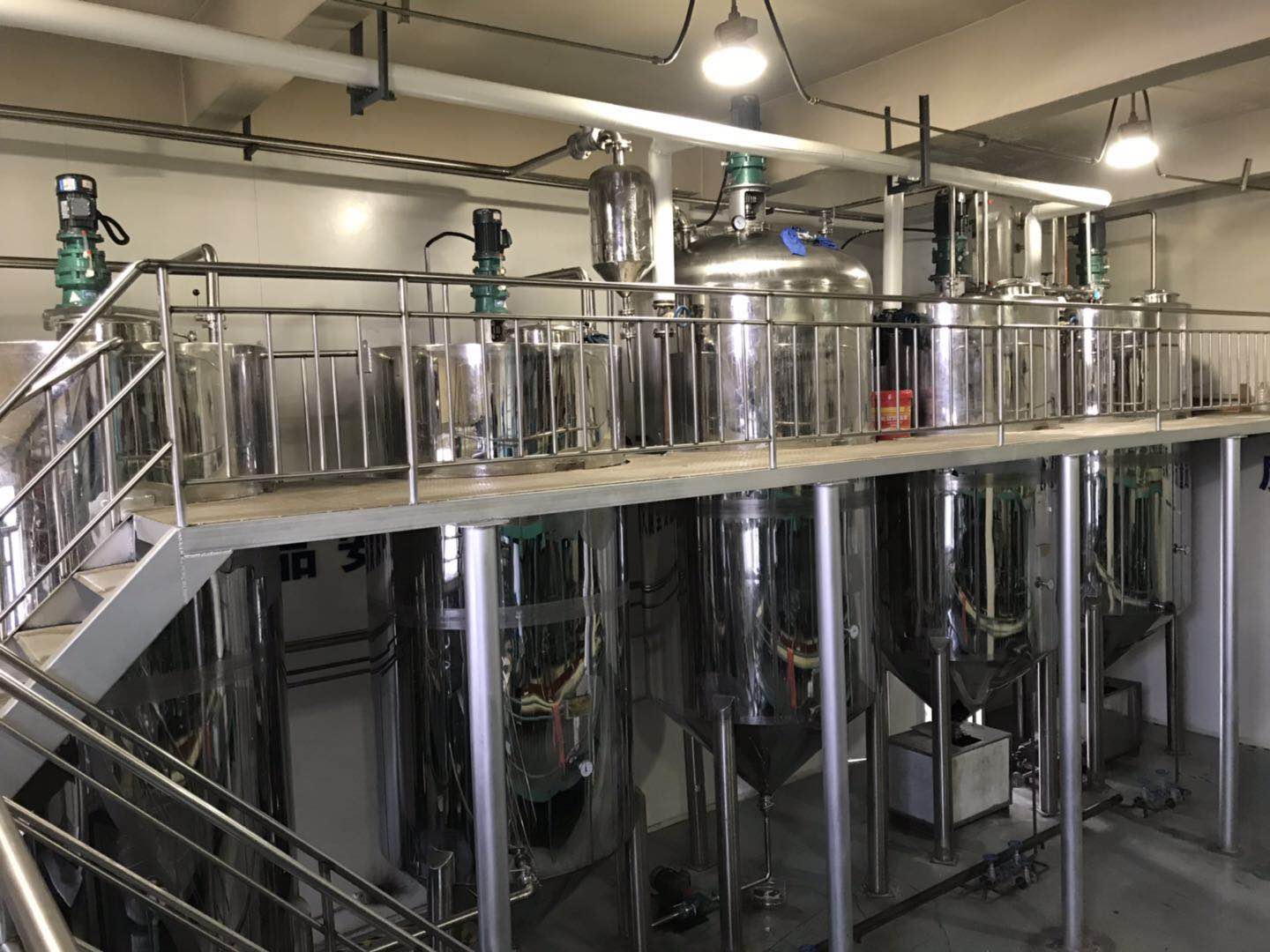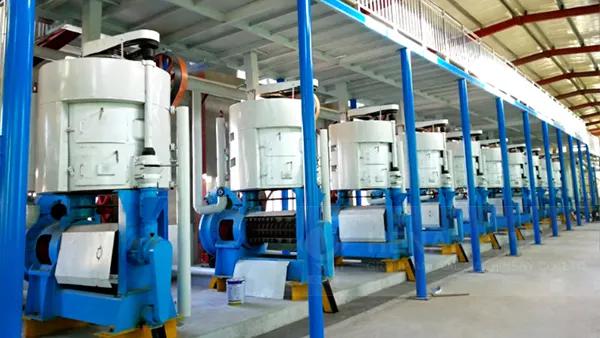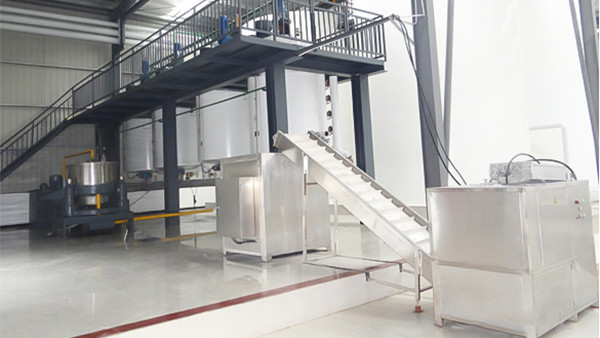
The increasing demand for sunflower seed oil, particularly among smallholder farmers and family users in Asia, Africa, and South America, has propelled the growth of small-scale oil press machines. Understanding the nuanced differences between home-use and commercial small sunflower seed oil machines is vital for informed purchasing and maximizing efficiency. This analysis explores machinery features, operational complexity, efficiency, and maintenance considerations to guide buyers toward optimal selections.
Small-scale oil press machines bifurcate mainly into two categories based on their intended usage:
| Feature | Home-Use Machines | Commercial Machines |
|---|---|---|
| Daily Processing Capacity | 5-15 kg | 50-200 kg |
| Usage Frequency | Occasional to daily with moderate duration | Continuous operation, multiple shifts |
| Operational Environment | Domestic/kitchen settings | Small farm or factory workshop |
| Automation Level | Manual/semi-auto controls | Semi-auto to full automation |
Durability and hygiene are paramount in oil extraction. Commercial units typically use food-grade stainless steel (SS304 or above) for enhanced corrosion resistance and ease of cleaning, while home models may combine stainless steel with alloy components to reduce costs.
Modularity is also more pronounced in commercial systems. These units allow quick disassembly of pressing chambers for thorough cleaning and part replacement. Home-use machines often have fixed assemblies, slightly complicating maintenance but optimized for simpler operation.
The operator’s learning curve strongly correlates with machine complexity. Home-use machines prioritize user-friendliness, offering plug-and-play operation requiring minimal instruction. Conversely, commercial machines, with adjustable pressure settings and integrated temperature controls, may demand brief professional training to optimize throughput.
Regarding oil yield, data aggregated from multiple small farms indicates:
Home-use presses are commonly single, standalone devices designed for accessibility in confined spaces. Commercial setups often feature integrated processing lines including seed cleaning, drying, pressing, and filtration modules, enabling continuous workflow.
This modular system approach provides flexibility, where businesses can scale equipment on demand. For example, a small South American farmer may begin with a standalone press and progressively add filtration tanks and bottling units as production scales.

Asian rural households seeking occasional fresh oil typically benefit from compact, low-power home machines due to their affordability and ease of transport. Conversely, agro-processors in African regions favor commercial machines that support higher throughput and extended working hours, where enhanced yield and energy conversion directly affect profitability.
South American microenterprises utilizing mixed-use farms find modular commercial systems invaluable, balancing capital investment with gradual expansion capability based on demand.

Preventive maintenance schedules are pivotal to ensure long-lasting performance. Home-use units require monthly cleaning and lubrication, whereas commercial machines entail detailed quarterly checks encompassing motor calibration, bearing inspection, and software diagnostics.
Sourcing from reputable brands offering worldwide technical service networks and remote troubleshooting reduces downtime, especially in remote regions. Cloud-enabled monitoring and spare parts availability enhance operational continuity.

.jpg?x-oss-process=image/resize,h_800,m_lfit/format,webp)










